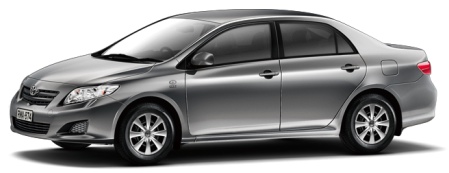

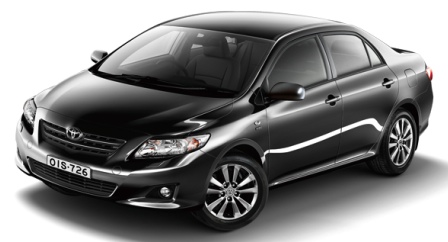

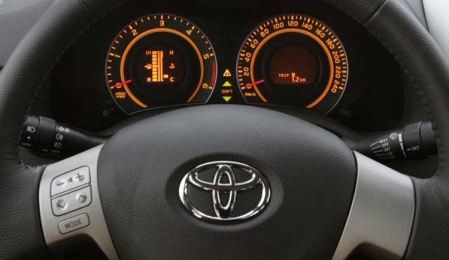
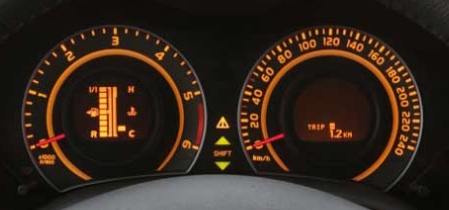
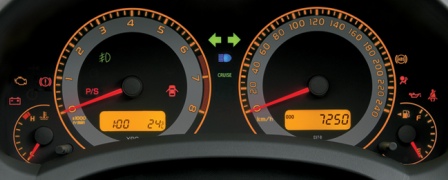
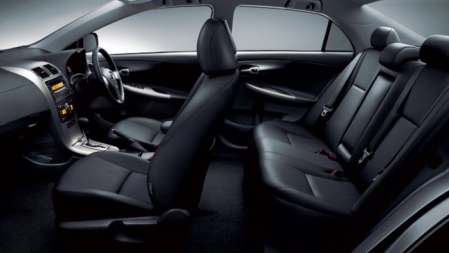


UMW Toyota Motor Sdn Bhd plans to launch the replacement for it's C-segment Toyota Corolla Altis sedan sometime next year, a re-entry of sorts into the current C-segment sedan market dominated by the Honda Civic 1.8S and 2.0S.
The replacement for the Toyota Corolla Altis - called just the Corolla sedan in Europe - made it's European debut in December 2006 at the 2006 Helsinki Motor Show shortly after it's world debut at the 2006 Beijing Motor Show. This is not the same car as the Toyota Corolla Axio and Corolla Fielder launched in Japan earlier, as that one is a smaller car than the one we are going to get.
The new car's silver and dark grey interior takes a leaf out of Volvo's book with a classy-looking thin floating console, and the new meter and display panel backlighting is of an goldish-orange hue similiar to the Toyota Auris.
The C-segment sedan market currently offers cars with either 1.8 liter or 2.0 liter engines, a step up from the current Altis's 1.6 and 1.8 liter. Under the hood of the 1.8 liter variant of the new Toyota Corolla Altis will most probably be the 136hp new Dual VVT-i 1.8 liter 2ZR-FE, which replaces the current Corolla Altis' 1.8 liter 1ZZ-FE VVT-i engine, as this new engine has been used for the new Toyota Corolla launched in the Australia market.
If UMW Toyota decides to offer a 2.0 liter variant here, the engine could be the 2.0 liter 3ZR-FE Dual VVT-i engine making 143 PS, but if we're really lucky we could get the Valvematic 3ZR-FAE which makes 158 PS at 6,200rpm - this would make the Toyota Corolla Altis 2.0 liter Valvematic the most powerful 2.0 liter C-segment sedan in it's class, something Toyota could shout about in it's marketing campaigns. The more advanced variable valve timing and lift technologies in this new family of engines will also help the car be more fuel efficient.
Bear in mind if somehow cost-cutting takes precedence over state of the art, we might just end up with the 1AZ-FE (making 152hp in it's highest state of tune, like in the 3rd generation RAV4 for example) being dumped into the 2.0 liter's engine bay, the same engine in the 2.0 liter Toyota Wish and the 2.0 liter Toyota Camry. But I don't think this is very likely as it wouldn't make sense for the 1.8 liter model to have a more advanced engine than the flagship 2.0 liter, so the 3ZR-FE Dual VVT-i without Valvematic is the minimum. Of course, the worst case scenario would be no 2.0 liter model at all.
Source: http://paultan.org/archives/2007/09/12/new-toyota-corolla-altis-for-malaysians-in-2008/#comment-110905




